
searchMenu

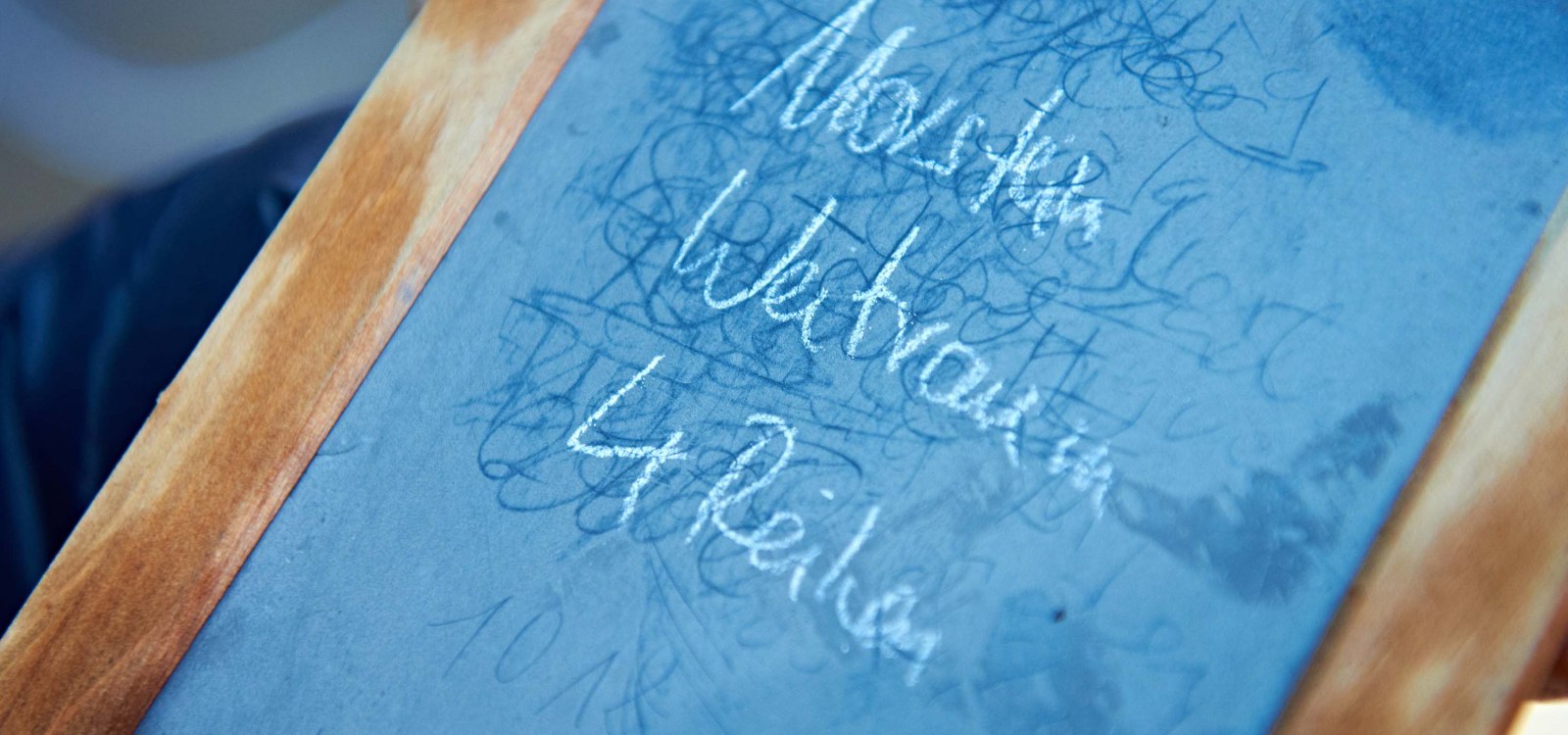

The ready-to-fill wine leaves the tank and is pumped into a filter system ( see filtration ). It then runs through hoses into the filling tank and through the filling valves into the bottles, which are placed on the bottling line by an employee. Then, the critical part begins, where the bottle is closed as quickly as possible. Afterwards, the bottles are externally rinsed with water and dried, in oder to prepare them for labelling. After labelling, another employee grabs the ready-to-drink wine bottles and…
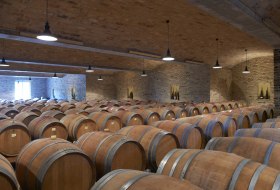
Originally only a French wine measure (barrique = barrel, usually 225 liters, but fluctuating dimensions). Today, wine is stored in barrels in order to achieve a certain wood tone flavour. The Barrique aging is practiced to improve the tannins of red wine . The "barrique flavour" (tannin and flavor components from the barrel wood) has increasingly found buyer interest and fits in particular with strong red and white wines.
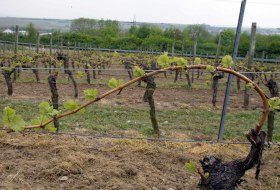
Part of the vineyard work. It follows the pruning the vines and consists of bending the remaining vines (the fruit wood) sideways and tying them to the wire.
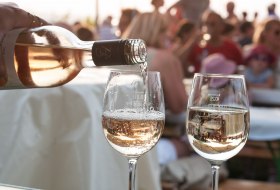
Blanc de noir translates from French to "white from black". These are red grapes that are processed like white grapes, making a white wine. The explanation for this is that the juice, just as well as the pulp of most grape berries is white, no matter the skin's colour, as the colour of the berry sits in the berry's skin. If the juice is separated from the skins before fermentation, white wine is obtained.

In order to judge a wine objectively, it is tasted "blindly". The bottles are either wrapped or made unrecognizable, so that one cannot tell from the bottle, which wine they are tasting.
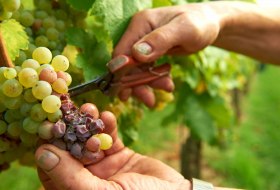
Mouldy fungus (Botrytis cinerea). It makes the berry skin of ripe grapes permeable, it spreads and it consumes relatively little sugar, but acid. This shifts the ratio in favour of the sugar. Due to evaporation of water through the rotten skin, a significant concentration of the juice occurs. The noble rot, that is caused by botrytis, is needed in order to produce wines like Auslese, Beerenauslese and Trockenbeerenauslese.

Flavour of sparkling wine. Alternatively »herb«. Residual sugar below 15 g / l.

Abundance of aromas, that one experiences when tasting a wine. A distinction is made between grape, fermentation, storage and ageing aromas, but also the grape variety plays an important role. Grape varieties with a particularly prominent bouquet are called bouquet types ("Bukettsorten"). These are not limited to the new varieties and can also be traditional grape varieties.

High funnel-shaped container, wide at the top and blunt to the bottom, formerly made of wood or zinc sheet, then of plastic, which the butt carrier carries on his back through the vineyard. Because of the weight and hygiene, the Metallbutt is now replaced by plastic containers. The harvesters pour the harvested grapes out of their buckets, the butt carrier brings them to the "Bütt".
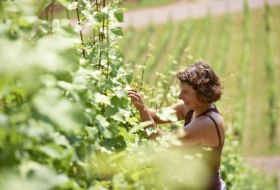
Tying down the sloping tendrils of the vines on the wires, so that they do not break off by their own or the grape weight and in order of the vines growing straighter and facilitating pest control.